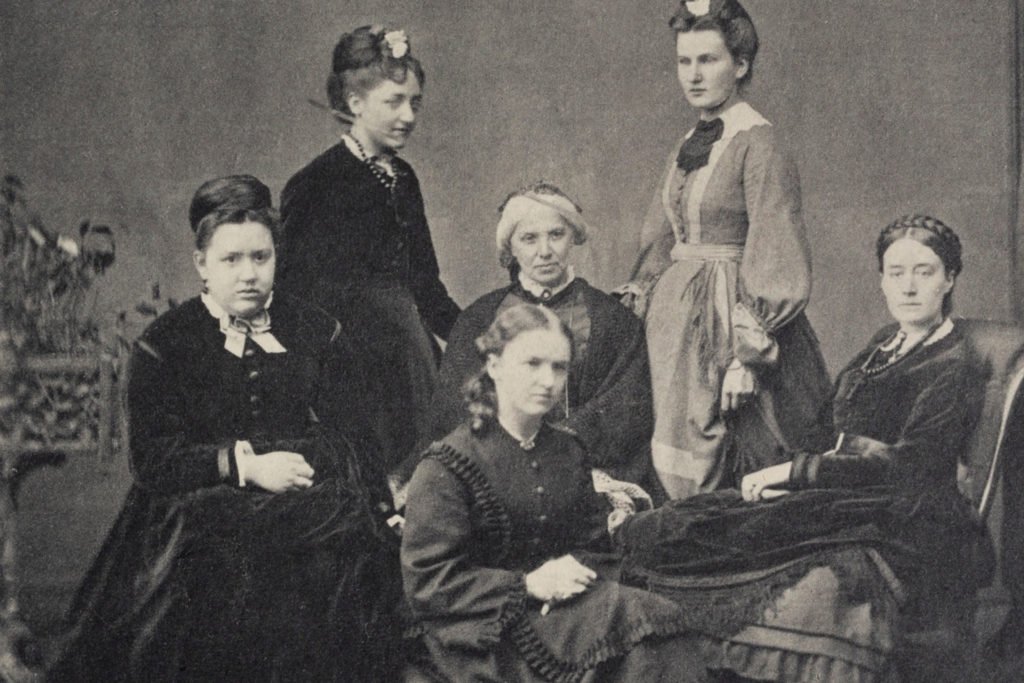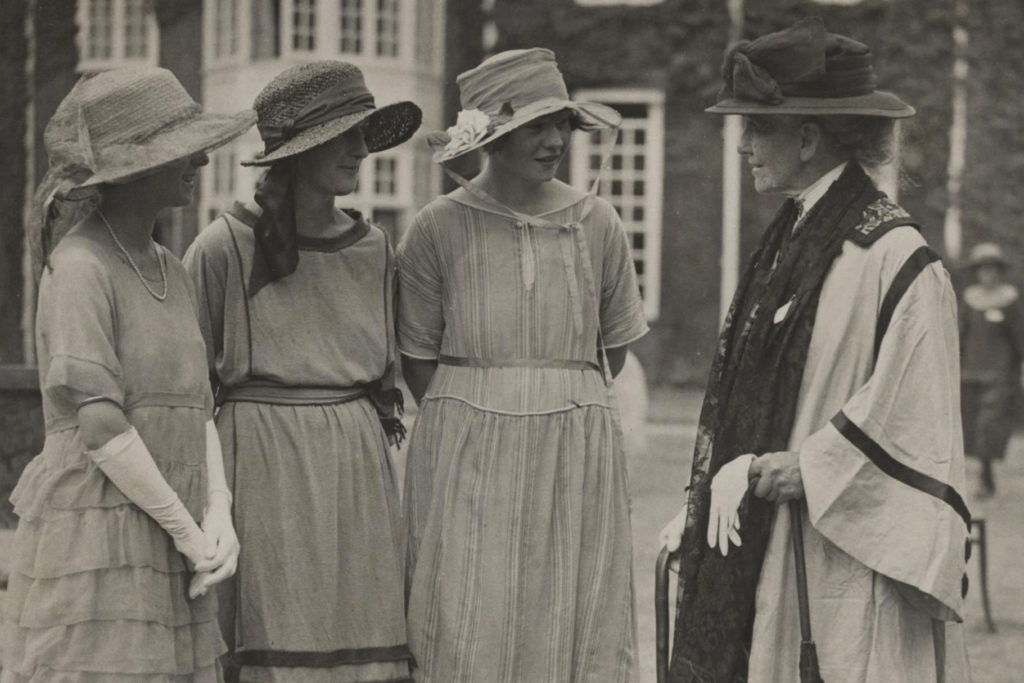Dr Tina Potter – Physicist
Newnham Fellow Dr Tina Potter describes her work as “the biggest experiment in human history, to make discoveries on the tiniest scales.”
A Lecturer at the Cavendish Laboratory, Tina’s passion for high energy physics is infectious. She works on the Large Hadron Collider at CERN, something she describes “firing protons at close to the speed of light, smashing them into each other to see what they create.”
What she’s hoping to find is the mysterious particles that make up dark matter. The Standard Model of physics leaves 26% of the Universe unexplained – we know that dark matter is there, but we can’t detect the particles that comprise it.
Tina and her colleagues at CERN are developing hypotheses about the nature of dark matter, before attempting to create it within the LHC.
Their leading hypothesis is known as supersymmetry. Supersymmetry argues for a balance, a symmetry, between two classes of elementary particles. For every boson particle, there is a matching fermion particle, its superpartner. The theory posits the existence of a number of particles that have never been detected – and the lightest of these particles may be dark matter.
The CERN experiments aim to create some of particles that existed in the early universe, and have since decayed away to new forms. The CERN team believe that the current state of these particles is what makes up dark matter.
Hunting “the smoking gun of dark matter”
The challenge, however, goes beyond the purely creating the particles. Since they cannot be detected, physicists must infer their presence through conservation of momentum and energy – what Tina describes as “the smoking gun of dark matter.”
Right at the moment, that just isn’t happening. Not only are the particles themselves undetectable, we are unable to detect their impact on other particles.
This is where Tina’s research focus lies.
“If these fundamental particles are being reproduced, why can’t we detect them?” she asks herself. “Maybe they are not as spectacular as we thought? Maybe they are more subtle in their effects?”
She is thus now trying to pick out much more subtle signatures, using highly sophisticated computer algorithms. Her research pushes the sensitivity of our searches for new physics, with the ultimate goal of the discovery of a new particle.
So next time you walk through Newnham’s gardens, remember that behind one of those windows sits a woman seeking to detect the undetectable. If supersymmetry reveals the mystery of dark matter, Tina and her colleagues will have played a crucial role.







